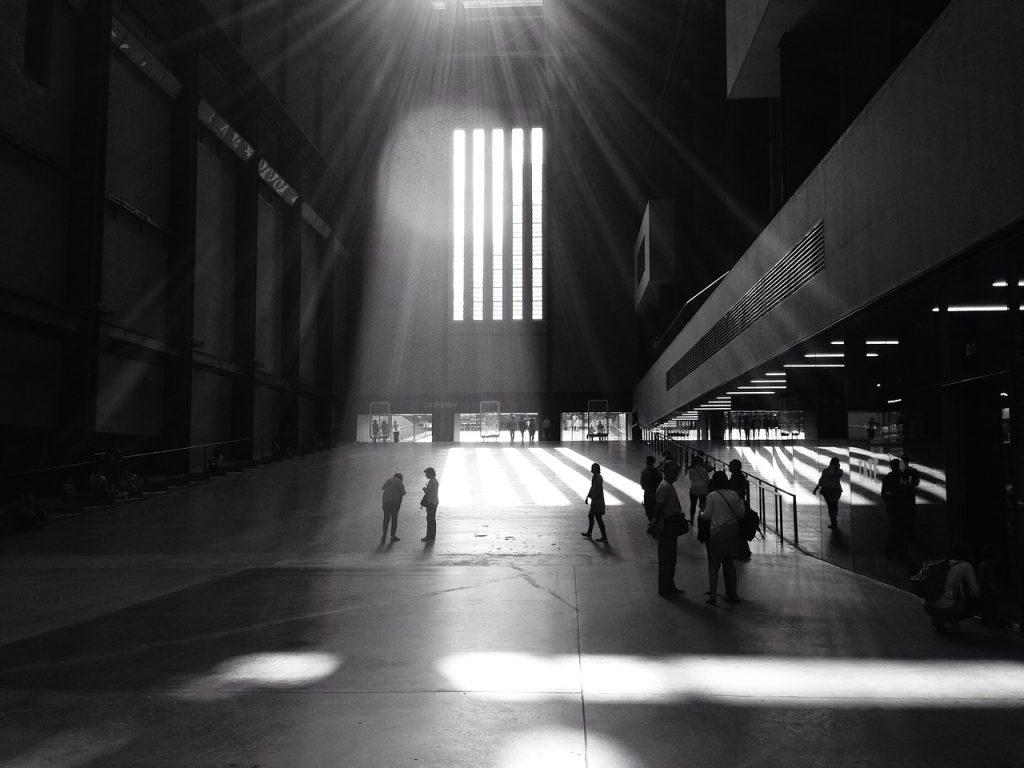The energy performance ratings of skylights can give you a pretty good idea of the skylight’s potential for transmitting sunlight into your home, and its potential for losing or gaining heat. Manufacturers use a variety of glazing technologies to minimize the impacts of unwanted wintertime heat loss or summertime heat gain. It is important to arm yourself with some essential facts about energy rated skylights so that you know what works best for your home and in your region’s climate.
Here is a quick overview of what you need to know.
Testing, Official Certification, and Labeling
Every national jurisdiction has a body, council or institution that operates a program for testing, certification, and labeling skylights, doors, and windows on the basis of their energy performance ratings. The respective institution’s label offers a reliable means of establishing a skylight’s properties and comparing products. However, the qualification on the label is largely based on U-factor, as well as the solar heat gain coefficient ratings. These ratings are described below.
Properties that are Measured and Rated
Skylights can lose and gain heat through three main ways. The first means is through direct conduction through the glazing or glass and frame. The second way is through radiation of solar heat into the building and out of a building from room-temperature objects like interior walls, furniture and people. The third way is through air leakage around and through the skylight.
How Heat Loss and Gain is Measured
The properties mentioned above are measured and rated based on three energy performance attributes. The first characteristic is the U-factor, which is the rate at which a skylight conducts heat flow from non-solar heat sources. It is expressed in units of Btu/hr-ft2oF. A low U-factor rating shows that the skylight is more energy efficient. Te second characteristic is the solar heat gain coefficient, which is the portion of solar radiation hat is admitted through a skylight. A low rating on this coefficient shows that less solar radiation is transmitted and the skylight has higher shading ability. The third characteristic is air leakage, which is the rate of the movement of air around a skylight with respect to certain pressure differences. It is represented in units of cubic feet per minute per square foot of frame area (cfm/ft2). A lower cfm/ft2 shows that the skylight is tighter.
It is important to understand the features and characteristics that are used to classify energy rated skylights before purchase and installation. These ratings will help you to understand the best skylight for your building given the area’s climate.








